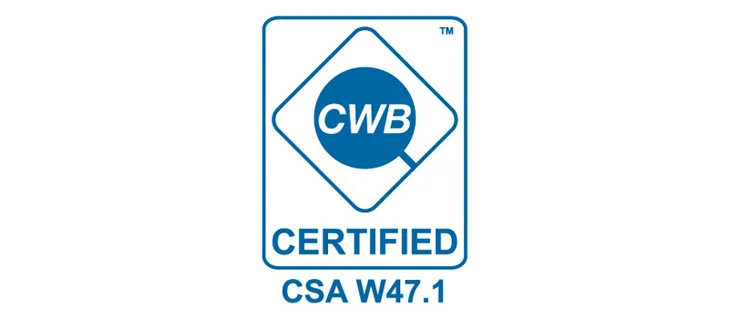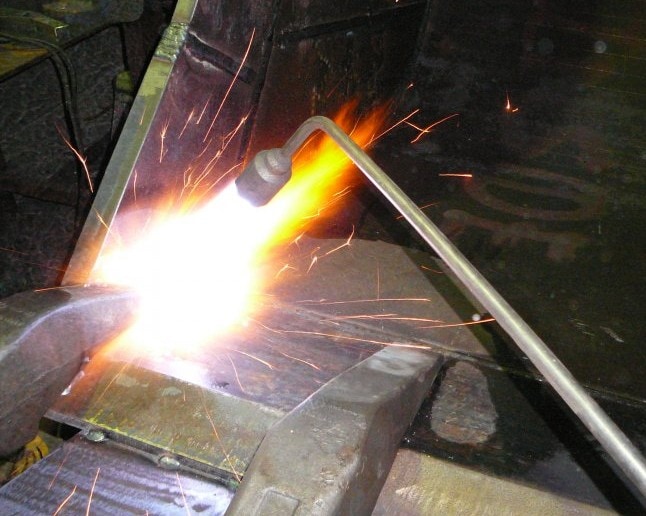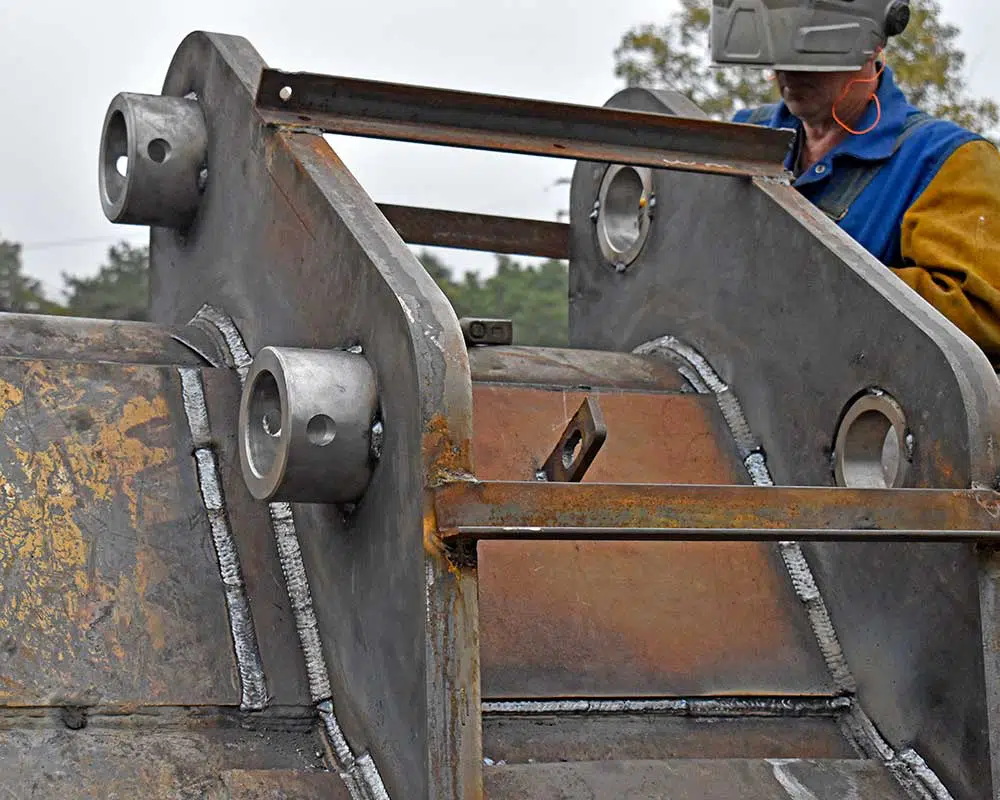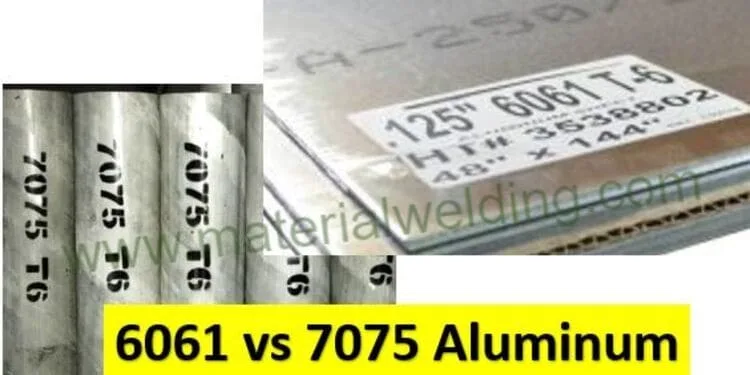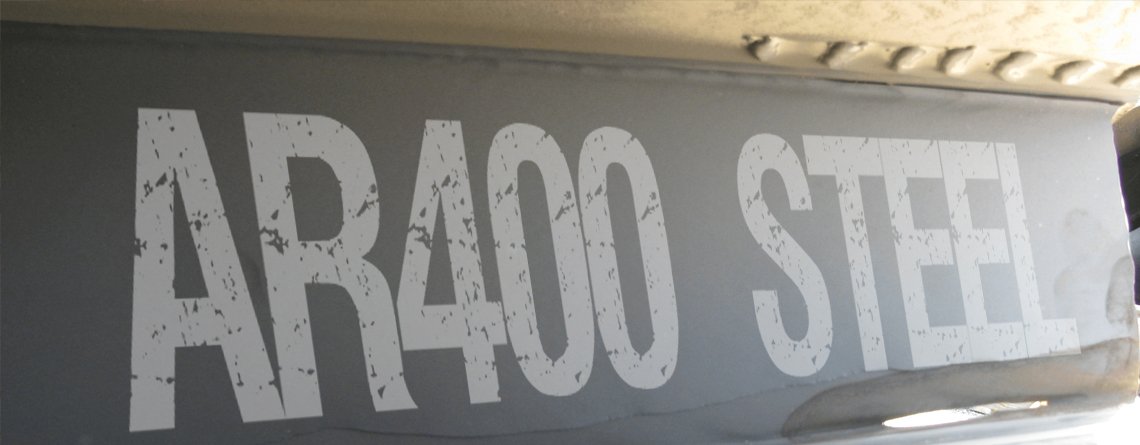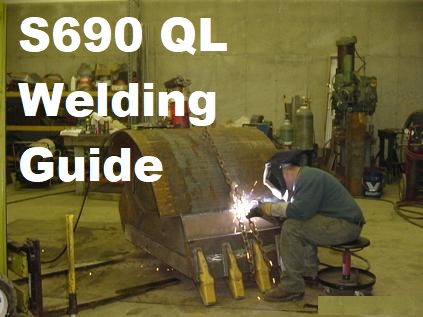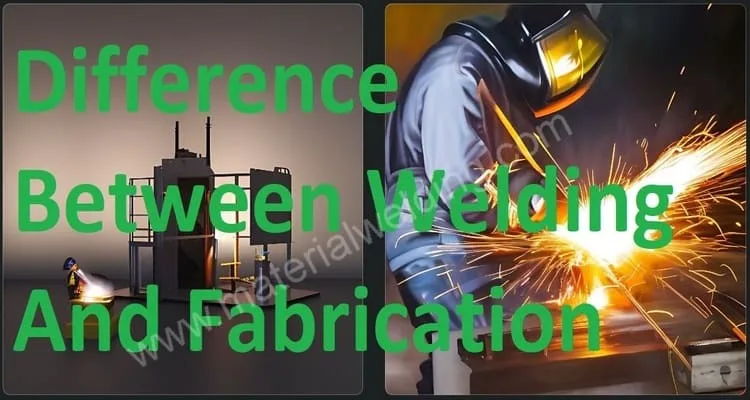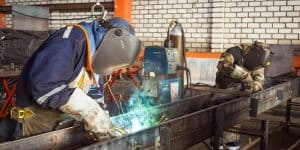Armor plate welding is a critical process used in the fabrication and repair of armored vehicles, military equipment, and other applications that require high-strength protection. In this blog post, I have covered the essential steps and considerations involved in the armor plate welding procedure.
Armor plate is a crucial component in combat vehicles, providing protection against enemy projectiles. It is manufactured in the form of castings and rolled plates, which are selectively heat treated to achieve the desired structural and protective properties.
The fabrication of gun turrets and combat tank hulls involves various designs, including one-piece castings, welded assemblies of cast sections and rolled plates, and even bolted sections for easier maintenance.
Consideration for Armor Plate Welding
To develop a suitable welding technique for armor plate, it is essential to have a clear understanding of factors that affect weldability, weld structural integrity, and its ability to withstand impact and penetration forces during service. When it comes to field repair using welding, the following considerations need to be addressed:
- Knowledge of Armor Type: It is crucial to identify the exact type of armor being welded through suitable identification tests. Different armor types may require specific repair methods and welding procedures.
- Alternate Repair Methods: Understanding alternate repair methods that are suitable for the specific type of armor and the type of defect or damage is essential. This ensures that appropriate repair techniques are chosen to maintain the armor’s protective properties and structural strength.
- Design Function: The function of the damaged structure must be taken into account. This helps in determining the criticality of the repair and the level of structural integrity required after welding.
- Material and Procedure Selection: Based on the available facilities and resources, the selection of welding materials and repair procedures is crucial. This ensures that the repaired armor exhibits optimum protective properties and structural strength, meeting the required standards.
- Emergency Repair: In certain situations, emergency repair may be necessary to address immediate needs. Assessing the urgency of the repair and its impact on the existing situation is important for making appropriate repair decisions.
Properties of Armor Plate Materials
Armor plate is made of an air-hardening alloy steel, which means it hardens by normalizing or heating to its upper critical point and then cooling in still air. When heavy armor plate is welded, the base metal adjacent to the weld experiences a quenching effect that is approximately halfway between the effects of air cooling and oil quenching.
During the welding process, extremely steep thermal gradients occur in the region surrounding the weld. Temperatures can reach 3000°F (1649°C) or even higher in the weld metal, while the base metal retains its original temperature. As a result, a narrow zone on each side of the deposited weld metal is heated above its critical temperature by the welding heat and then rapidly quenched by the relatively cold base metal. This rapid quenching forms a hard and brittle zone.
This hard and nonductile zone is known as martensite, and it is more susceptible to cracks when subjected to sudden loads. Consequently, it is crucial to take special precautions during welding operations to minimize the formation of these hard zones and limit their impact on the structural properties of the welded armor.
To prevent the formation of cracks in these hard zones, it is essential to avoid rapid cooling of the armor after welding. Rapid cooling can increase the brittleness of the martensite formation, making it more prone to cracking. By controlling the cooling rate and implementing appropriate post-weld heat treatments, such as controlled cooling or stress relieving, the formation of cracks can be minimized.
Additionally, proper welding techniques and parameters should be employed to reduce the heat input and avoid excessive heating of the base metal. This helps in minimizing the size and extent of the hard zones formed during welding.
Types of Armor Plate
There are two primary types of armor plate used in combat vehicles: homogeneous armor and face-hardened armor. It is crucial to accurately identify the specific type of armor before engaging in any welding or cutting operations, as the welding procedures for each type are distinct and cannot be interchanged.
Homogeneous Armor
Homogeneous armor undergoes heat treatment throughout its entire thickness to develop excellent shock or impact resistance properties. As the name suggests, it maintains uniform hardness, composition, and structure throughout, allowing welding on either side.
An example of homogeneous armor is aluminum armor plate, which follows similar welding procedures to gas metal-arc welding. However, it is important to consider the specific type and specifications of the homogeneous armor being welded to determine the exact welding techniques and procedures required.
Face-Hardened Armor Plate
Face-hardened armor plate possesses an extremely hard surface layer obtained through carburization, extending to a depth of approximately 1/5 to 1/4 of the outward-facing thickness of the armor on the tank or armored vehicle. The primary purpose of face-hardened armor is to provide effective resistance against penetration.
The inner side of the face-hardened armor is comparatively softer and exhibits properties similar to homogeneous armor. It is important to note that the inside and outside surfaces of face-hardened armor plate consist of two different types of steel.
How to Identify a Armor Plate Material?
To identify the material of an armor plate, you can perform a file test. Here’s how the test works:
- File Test:
- For homogeneous armor plate: When a file is applied to both sides of the plate, it will “bite” or create grooves on both sides.
- For face hardened armor plate: The file will only “bite” into the soft side of the plate. When applied to the face side (hardened side), the file will slip, similar to how it behaves on case hardened steel.
By conducting this file test, you can differentiate between homogeneous armor plate and face hardened armor plate based on the file’s biting or slipping behavior.
- Appearance of Fracture:
When examining the fractured edges of holes or cracks in armor plates, there are distinct characteristics for each type:
- Homogeneous armor plate: The metal edges of holes or cracks appear ragged and bent, with the metal displaced in the direction of the forces that caused the damage. Cracks in homogeneous armor typically occur due to stresses and are often found near severe bulges or bends in the plate.
- Face hardened armor plate: The metal edges of holes and cracks in face hardened armor are relatively clean-cut and sharp. The plates do not bulge significantly before cracking. When inspecting the freshly broken edges of face hardened armor, you may observe that the metal on the face side (hardened side) appears brighter and has a finer structure compared to the metal on the soft side. The brighter metal extends to a depth of approximately 1/5 to 1/4 of the thickness from the surface of the hardened side.
By examining the fracture appearance, including the sharpness of edges and differences in metal structure, you can further distinguish between homogeneous armor plate and face hardened armor plate.
Armor Plate Welding Procedure
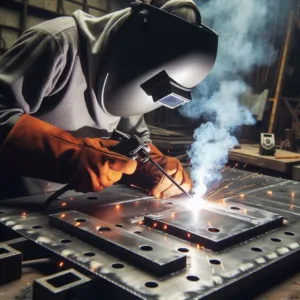
- Preheating: If armored vehicles have been exposed to extreme cold conditions, the base metal must be sufficiently preheated before welding. The temperature of the base metal in the welding zone should be brought up to at least 100°F (38°C) to prevent cracking in the deposited weld metal.
- Crack Preparation: When welding simple cracks, the edges of the crack should be beveled by flame cutting to create a double V joint. The beveled edges should be rounded off at the toe and root of the joint to avoid excessive dilution of the weld metal by the base metal.
- Root Welding: Care must be taken to ensure good quality weld beads at the root of the joint. Various methods are recommended for different root openings, such as using stainless steel electrodes, mild steel rods/strips, or copper backing bars. All slag and oxides should be removed before depositing subsequent beads.
- Backstep and Overlap Procedure: To prevent weld crater and fusion zone cracking, especially in foot beads, an intermittent backstep and overlap procedure is recommended. This involves completing all the welding steps for one bead before starting the next, backstepping the passes to locate craters on previously deposited metal.
- Peening and Control of Arc Blow: Peening should be performed while the weld metal is still hot to help overcome cooling stresses and minimize warpage. Arc blow should be controlled by adjusting the welding parameters.
- Single V Joint and Double V Joint: The text provides detailed sequences for welding single V joints and double V joints on homogeneous armor plate. It includes recommendations for electrode direction, inclination, electrode weaving motion, and control of penetration to achieve good fusion without excessive dilution.
- Control of Heat Input: Alternating the deposition of metal on each side of the joint helps control heat input and maintain the shape of the welded structure. Each layer of metal deposited serves to stress relieve the weld metal beneath it and partially temper the heat-affected zone in the base metal.
Welding Rod for Armor Plate Welding
In addition to the 18-8 stainless steel electrodes, other types of welding rods can also be suitable for armor plate welding, depending on the specific requirements and materials involved. Some options to consider include:
- Low-hydrogen electrodes: Low-hydrogen electrodes, such as E7018 or E7016, are commonly used for welding high-strength steels and can be suitable for armor plate welding. These electrodes have low hydrogen content, which helps prevent cracking and ensures good weld quality.
- Nickel-based electrodes: Certain nickel-based electrodes, such as ENiCrMo-3, are designed for welding high-strength and high-alloy steels. These electrodes offer excellent strength and corrosion resistance, making them suitable for armor plate welding in specific applications.
- Cobalt-based electrodes: Cobalt-based electrodes, such as Stellite® alloys, are known for their exceptional wear resistance and high-temperature properties. They are often used for hardfacing applications to enhance the durability and resistance of armor plate surfaces.
- Specialty electrodes: Depending on the specific requirements of the armor plate and the welding process being used, there may be specialty electrodes available that are designed for armor plate welding. These electrodes are formulated to provide optimal mechanical properties, toughness, and resistance to cracking.
